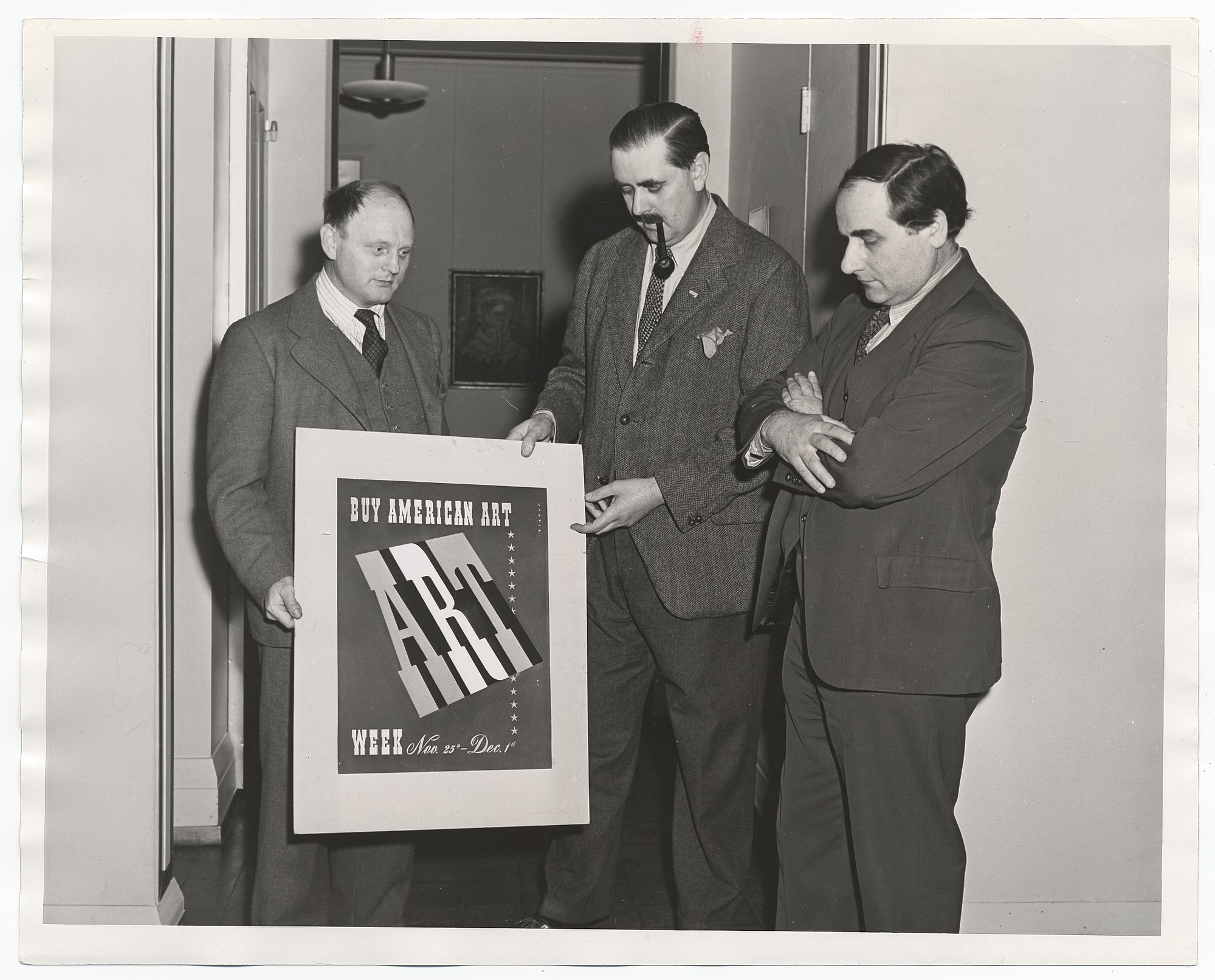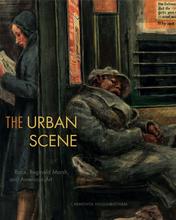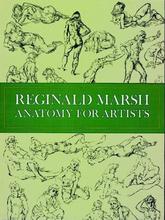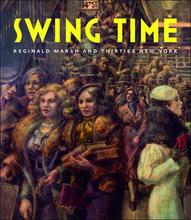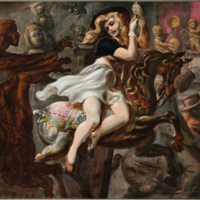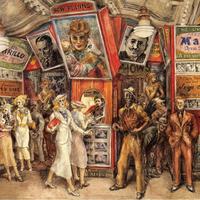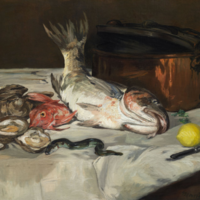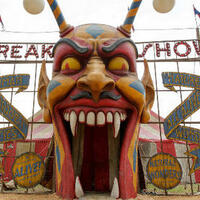More about Reginald Marsh
- All
- Info
- Shop
Works by Reginald Marsh

Sr. Contributor
Reginald Marsh may have been born in France but his subject matter screams ‘Merica.
Though he didn’t paint pictures of Paul Revere and eagles, bikini clad babes eating hotdogs on Coney Island and frothing masses flocking to the moving picture shows are a close second on the patriotism meter.
He and his artist parents left Paris for New Jersey in 1900 when he was just two. He drew his first picture at the age of three and would continue to illustrate life in the Northeast until his death. It is safe to say that like many transplants, Lady Liberty was his life-long muse. Except he never had to pull himself up by his bootstraps in order to realize the American dream. Instead, his rich grandfather put him through Yale and left him a bunch of money. In college he dappled in illustration and not long after graduation landed a sweet gig drawing burlesque beauties and vaudeville stars for The New Yorker. It was during this stint that he began to take himself more seriously (as one must do when writing for a magazine with a monocled man on the cover) and he started studying art for the first time.
Known as a staunch realist, his paintings with their garish colors and often frantic lines can be mistaken as grotesque… which is kind of the point. Despite a posh upbringing, Marsh was obsessed with capturing the vitality, sexuality, and mortality of the average man’s average, sweaty, crowded, and jumbled life. He detested modern art and despite being greatly influenced by the writhing and detailed group scenes painted by the European masters he had no patience for the bourgeois society that made up their audience. When the Great Depression hit, rather than spend time with the upper class he chose to frequent burlesque houses, Coney Island, alleyways, bars, movie houses, and anywhere that poverty and real life thrived believing that it “had greater human and pictorial value than respectable society.” As a result one can practically smell cigarettes, hear jazz and taste the salt of naked oozing torsos when looking at his creations. It’s fabulous.
Marsh was right about the value of the lower class. Despite selling few pieces to private collectors who were willfully ignorant of poverty and therefore uncomfortable with his subject matter he was nonetheless successful. He frequently sold his paintings to museums and worked on public space commissions. And by frequently I mean constantly because he never stopped working. He was the Energizer Bunny of artists. He went out day after day filling hundreds of notebooks with sketches of source material, documenting every aspect of what he encountered. Since his death some have speculated that his meticulous visual cataloguing of life was the only way he could gain a sense of control in the world of madness he found swirling around him. Whatever the reason he was compelled to work so hard, visual culture of the 20s and 30s was made much richer by his poor sun-burnt tourists, lusty old men, and jiggly-boobed bombshells.
Featured Content
Here is what Wikipedia says about Reginald Marsh (artist)
Reginald Marsh (March 14, 1898 – July 3, 1954) was an American painter, born in Paris, most notable for his depictions of life in New York City in the 1920s and 1930s. Crowded Coney Island beach scenes, popular entertainments such as vaudeville and burlesque, women, and jobless men on the Bowery are subjects that reappear throughout his work. He painted in egg tempera and in oils, and produced many watercolors, ink and ink wash drawings, and prints.
Check out the full Wikipedia article about Reginald Marsh (artist)

